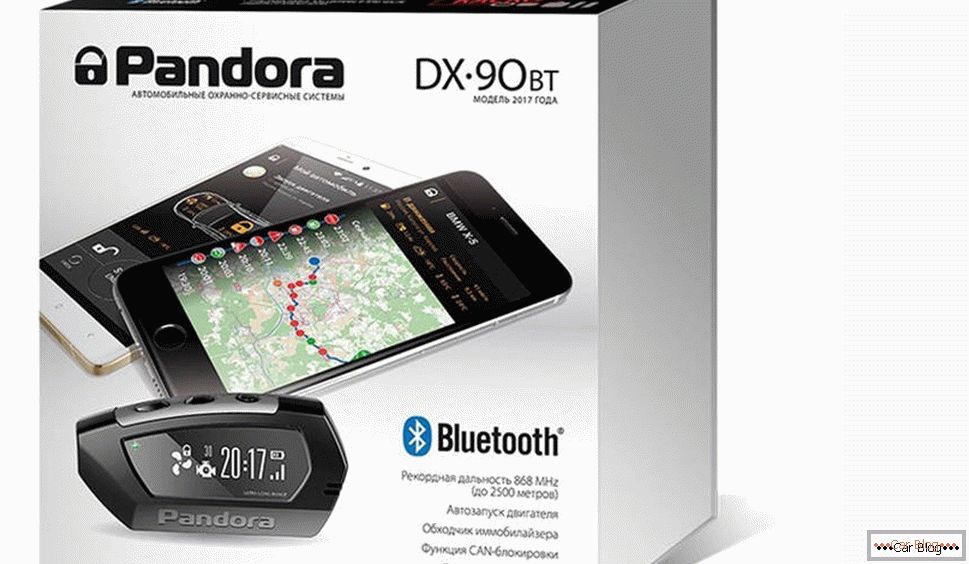All motorists know that the battery in the car is not eternal, and from time to time it sits down. In this case, the car will not start, and you have to charge the battery, but not everyone knows how to properly charge the car battery with a charger. Very often, the drivers of their cars ask questions about the charging process. Do I need to remove the battery from the car while it is being charged? How to remove it, so as not to damage it, and which devices will be useful to the car enthusiast for recharging?
Content
- 1 Devices
- 2 How to charge the battery on the car
- 3 How to charge the battery yourself
- 4 Battery charging methods
- 4.1 DC current when charging the battery
- 4.2 Constant voltage when charging the battery
- 5 Determination of the degree of charge on the density of the electrolyte
- 6 How to charge a new car battery
- 7 Precautionary measures
Devices
To charge the battery, a constant current source is required. Rectifier (charger) AC converts to DC. Today, most chargers have switches to change the charging mode. The charger that is used to charge a 12-volt battery must have an output voltage of 16-16.5 V, otherwise the battery will not be fully charged.
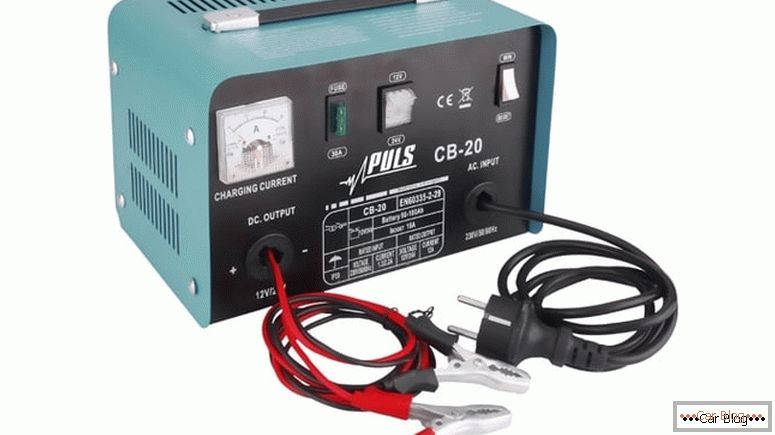
The appearance of a typical charger
All chargers are composed of:
- Plug with a wire to connect to a network of 220 volts;
- Rectifier to convert AC to DC;
- Two outgoing wires "-" and "+".
How to charge the battery on the car
The car battery can even be charged while it is in the car. This problem is especially relevant when there is a time limit. In this situation, you can recharge the battery device, a charge which is enough to start the engine. To do this, simply disconnect the car terminals from the battery and connect the charger.
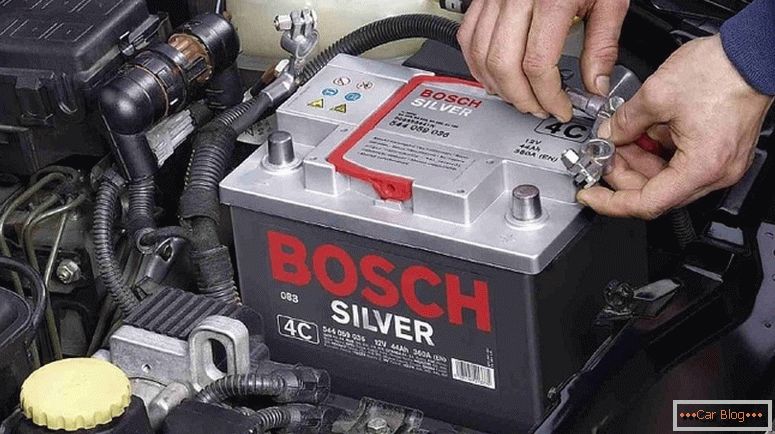
To charge the battery directly on the car, you need to disconnect the terminals from the battery
The first item is the removal of terminals from the battery contacts. Now we connect the charger wires to the battery according to the marking “-” to the minus, and “+” to the plus. The next step is to install a current regulator. At 20 minutes you need to set the maximum current value.
Important point! First you need to connect the charger to the battery, and only then insert the plug into the outlet.
How to charge the battery
A good amount of time is required for high-quality one-hundred-percent charging, so it is better to remove the battery from the car. First you need to disconnect the wires from the battery itself - it does not take much time, then remove the battery from the engine compartment.
Do not charge at high humidity, so you must move the battery and the charger to a dry room. Charger wires also connect “+” to plus, “-” to minus. After that, you need to put the current regulator to the minimum value, and then turn on the memory in the network. For 100% charge, the motorist will need almost 10 hours. Usually in this case, leave to charge at night, but how to check the battery charge? To understand that the battery is fully charged, you need to look at the position of the charge current arrow on the device. If the value of the arrow is at “0”, then full charge has been realized. A charged battery must be wiped with a cloth before installation, as condensation could have been released during the process.
See also: How to replace the electrolyte in a car batteryBattery charging methods
Any motorist should know the features of the mode selection for charging devices. In practice, there are two methods of charging:
- Based on DC;
- Based on constant voltage.
Regardless of the method chosen, the durability and operability of the battery will be the same, but on which option to stop and with what current to charge the battery?
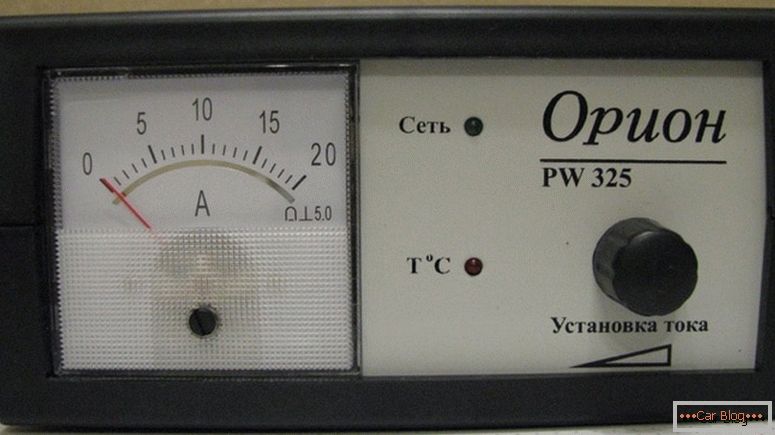
The simplest charger is also able to successfully cope with charging the car battery
DC current when charging the battery
The essence of this method is to charge the battery with a constant current, which is constantly monitored and maintained at the right level.
Example. There is a battery capacity of 60A * h. To charge the battery, a current of 6 amperes is required (at the rate of 0.1 of capacity). For quality charging every two hours, a person needs to check the charging current, and, if necessary, adjust it. As soon as the abundant gassing begins, this will be a sure sign of the completion of charging. But the work does not end there, and it is necessary to reduce the emission of gases, as well as to increase the efficiency of the charge. To do this, we reduce the current strength by half. So, when the battery voltage reaches a level of 14.4 Volts, we set the value of the 3A charge current. When the voltage at the battery terminals reaches 15 volts, you need to reduce the charging current twice. The end result in this case should be 1.5A.
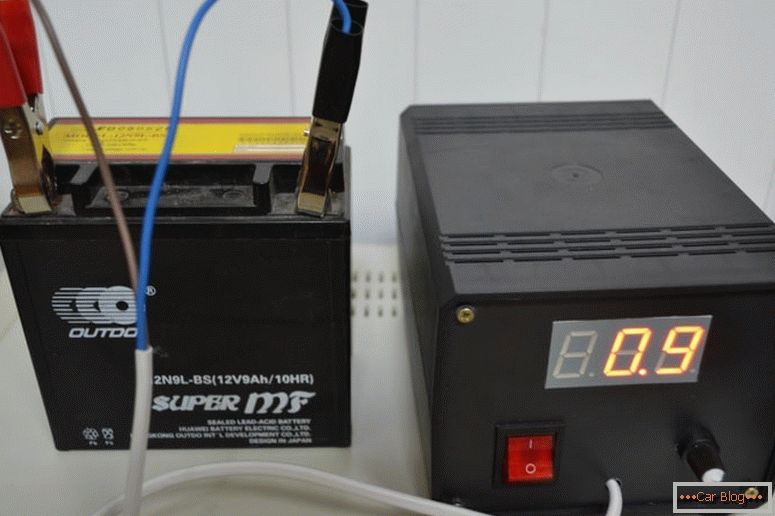
The charge current is set to 0.1 of the battery capacity
To ensure 100% charging, you need to monitor the values of voltage and current for two hours. If charging is completed to the end, then the values will be unchanged. It is the constant monitoring of the performance of current and voltage, during a long charge, is the main disadvantage of this method.
Constant voltage when charging the battery
If you use this method, the battery charge level will be proportional to the voltage, but the question arises, how long does it take to charge the car battery?
Example. Charging takes 24 hours, and if the voltage is 14.4 V, then the 12-volt battery will charge 75-80%. If the voltage level is 15 V, then charging will be realized at 85-90%. To achieve 100% battery charging, it is necessary to charge the device for 24 hours, and the voltage should be 16.3-16.4 Volts. The initial stage of charging can be accompanied by a current of 50 A, so absolutely all chargers have a complete set of schemes that limit the charging current, and maintain its value in the range of 20-25A.
This method of charging does not require human control and adjustment, and all because the voltage at the battery terminals tends to be equal to the voltage of the charger itself, and the charging force in this case drops to almost zero. The automatic process of charging the battery is especially suitable for a motorist, because for this kind of work it is only necessary to connect everything, and ultimately see the green indicator on the battery. The indicator of the voltage at the terminals - 14.4V will also indicate that the battery is charged.
See also: How to choose a car start-chargerDetermination of the degree of charge on the density of the electrolyte
By measuring the density of the electrolyte, you can find out how much percent the battery is charged. The areometer will show a value of 1.28 grams per cubic centimeter only if charging has passed by 100%. If the density decreases to a value of 1.20 g / cc, this will be a sign of the sparseness of the battery by 50%. When the electrolyte density reaches 1.10 g / cc, it means that the battery is completely discharged.
To make sure that all the cans of the battery are charged, it is enough to see in each of them the indicator of 1.28 g / cc. If there is such a value everywhere, then the motorist can be sure that there are no short circuits in the battery and it has a 100% charge. The fact that the circuit inside the bank occurred will be indicated by the density of the electrolyte - its value will be lower by 0.10-0.15 g / cm 3 than in all the others.
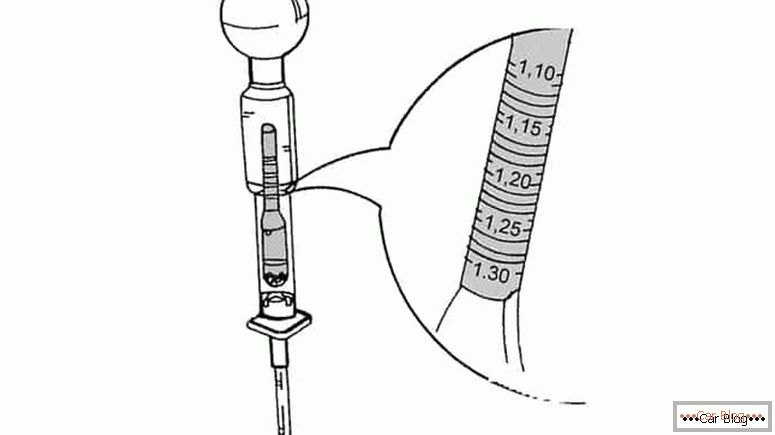
The appearance of the hydrometer to check the density of the electrolyte
As you may have guessed, measuring the density of the electrolyte will not work without a special device - a hydrometer. These devices differ from each other in the density range for which they are designed. Hydrometers for measuring the density of electrolyte and coolant are sold freely in car shops.
How to charge a new car battery
Even if a motorist has just bought a battery, he must make sure that it is 100% charged, because this product has been transported for a long time, and then lay on the store counter or in a warehouse, losing charge. How to charge the car battery with the charger that you just purchased? A new battery needs to be charged for 2 hours with a minimum amperage. A green indicator will indicate that the battery is charged.
Precautionary measures
When servicing batteries, you need to remember that there is acid in the cans, and to avoid accidental contact with the skin, you must wear rubber gloves. Special care must be exercised when measuring the density of the electrolyte. Since during the charging of the battery inside the cans, chemical reactions occur, and gases harmful to the human body are released, it is necessary to air the room more often.
It is impossible to carry out such a procedure in a small room or apartment with children, since the concentration of harmful vapors will exceed all permissible norms, which will affect the health of people who are near at this time and after charging the battery. Especially you need to be wary of hydrogen, which is released in large volumes when current flows through the electrolyte. A single spark is enough for an explosive mixture to cause an explosion, so you should not set fire to something near the charging device, and you must constantly ventilate the room. It should also be remembered that it is dangerous to leave a rechargeable battery unattended - this can cause electrical overload. Observance of all precautionary measures will help to save a life to itself and surrounding people.



